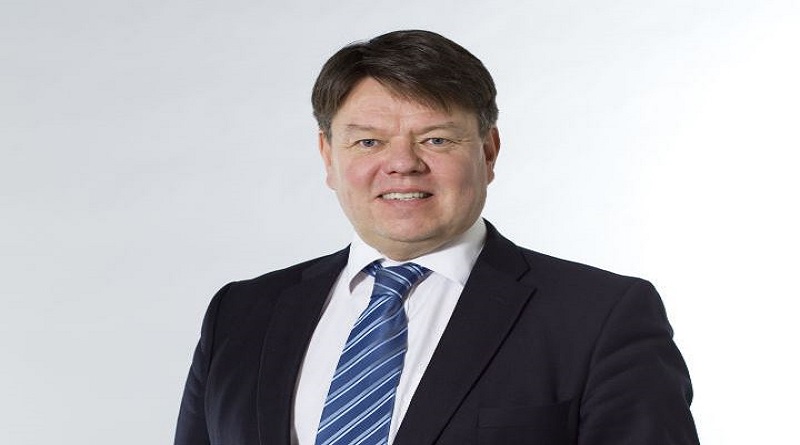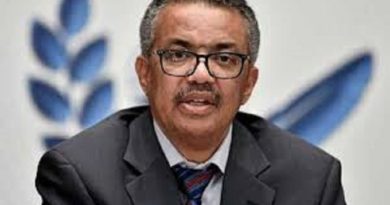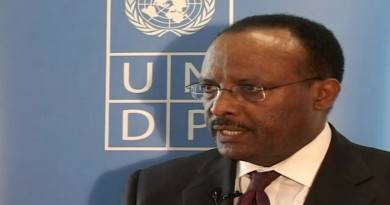WMO calls for protection of radio frequencies vital to weather forecasts
The World Meteorological Organization is calling on governments to protect radio frequencies allocated to Earth observation services which are vital for weather forecasts and long-term climate change monitoring.
Decisions with major repercussions for Earth exploration, environmental monitoring and meteorological satellite operation will be made at the World Radiocommunication Conference from 28 October – 22 November.
The conference, held every three to four years under the auspices of the International Telecommunications Union (ITU), reviews the Radio Regulations which govern the use of radio-frequency spectrum and satellite orbits. It will consider the management of scarce orbit/spectrum resources.
There is growing alarm within the meteorological community that the increasing competition for bandwidths, including from the next-generation mobile phone data service, 5G, may be at the detriment of established applications relating to Earth observation satellites, radiosondes, aircraft, radar and other observing systems.
“WMO obviously does not wish to hamper the rollout of new telecommunication technologies such as 5G. But we are concerned that they should not encroach on the frequencies used by life-saving applications such as weather prediction,” says Eric Allaix, chair of the WMO Steering Group on Radio Frequency Coordination.
“There needs to be a balance between short term commercial and technological interests and long-term global well-being and safety. We should not run the risk of reversing many of the gains in our warning services for natural hazards and thus potentially increasing loss of life and property,” said Mr Allaix.
Thanks to timely weather warnings, there has been a big reduction in the loss of life during recent decades. These improvements are directly related to the use of radio frequency based remote sensing feeding directly into numerical weather prediction systems giving more accurate predictions with longer lead periods.
But, there is increasing pressure on the use of radio spectrum from wireless technology and other applications, including International Mobile Telecommunications (IMT) services that include new technologies such as 5G.
Passive sensing techniques
Many meteorological satellite observations use passive sensing techniques, which make it possible to gain information on the current state of the Earth system by exploiting the absorption characteristics of the atmosphere.
Such passive measurements are made by sensitive instruments that measure the very low-power microwave radiances naturally emitted from the atmosphere and the Earth’s surface. These passive techniques are the most vulnerable to interference from new users of radio frequencies generating electromagnetic emissions for their own purposes.
The primary concern is the 23.6-24 GHz “passive” satellite observation frequency band which is adjacent to the 5G 24.25-27.5 GHz band under discussion. Current ITU-R studies in all frequency bands show that only an important reduction of IMT-2020 unwanted emissions can ensure protection of EESS (passive) sensors, in particular for the 23.6-24 GHz “passive” band.
WMO and the International Telecommunications Union (ITU) have worked closely over many years to protect these special radio frequencies through ITUs Radio Regulations but it is up to the Members of these organizations to take note of the scientific studies and ensure that appropriate protection is maintained and is sustainable.
These decisions will be taken during the four-week World Radiocommunication Conference in Sharm el-Sheikh, Egypt. The event brings together more than 3500 participants from 193 ITU Member States along with 267 members of the ITU Radiocommunication Sector (ITU-R) representing international organizations, equipment manufacturers, network operators and industry forums who attend as observers.
“The key to a successful outcome of WRC‑19 lies in building consensus on how to balance the demands of the different services that require radio-frequency spectrum, such as aeronautical, maritime, satellite, broadcasting, Earth observation, mobile broadband, amateur radio and railways,” according to the ITU.
WMO is concerned that the repercussions of decisions at the World Radiocommunication Conference may only become apparent when it is too late to reverse them. These views are shared by operational centres such as the European Centre for Medium Range Weather Forecasting (ECMWF), and space agencies such as EUMETSAT and the European Space Agency.
World Meteorological Congress
The World Meteorological Congress – the supreme decision-making organ of WMO – earlier this year passed a resolution expressing its serious concern at the continuing threat to several radio-frequency bands allocated to the meteorological aids, meteorological-satellite, Earth exploration satellite and radiolocation (weather and wind profiler radars) services posed by the development of other radiocommunication services.”
Specifically, the resolution asked the International Telecommunication Union and its Member Administrations to “ensure the availability and absolute protection of the radio-frequency bands which, due to their special physical characteristics, are a unique natural resource for spaceborne passive sensing of the atmosphere and the Earth’s surface and are of crucial importance for weather, water and climate research and operations.



